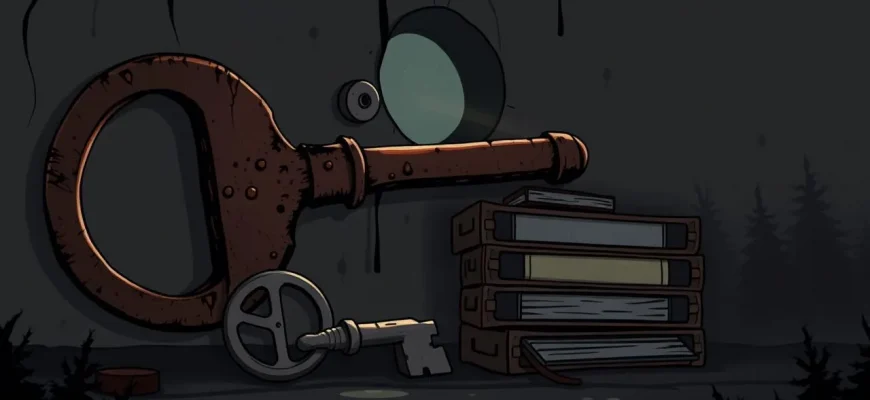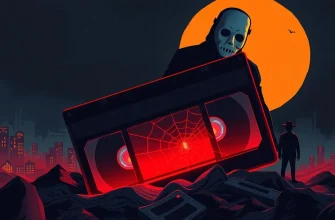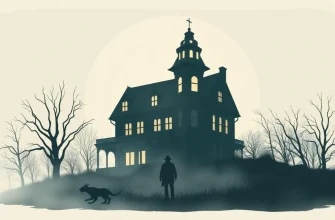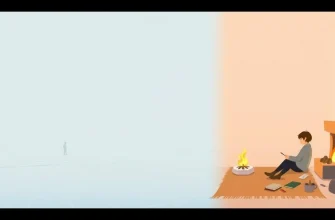The 1970s and 1980s were golden eras for horror films, yet many masterpieces have been overshadowed by more mainstream hits. This curated list brings to light ten films that, despite their brilliance, have not received the acclaim they deserve. From psychological thrillers to supernatural tales, these movies offer a rich tapestry of horror that has been largely ignored by the mainstream audience. Let's dive into these overlooked treasures and uncover the chills and thrills they have to offer.

The Legend of Hell House (1973)
Description: A group of investigators attempt to prove or disprove the existence of life after death in a haunted mansion. This film is a masterclass in atmospheric horror, with a narrative that keeps you guessing.
Fact: The film was based on the novel "Hell House" by Richard Matheson, who also wrote the screenplay, and it was one of the first films to use infrared photography for its ghost effects.
 Watch Now
Watch Now 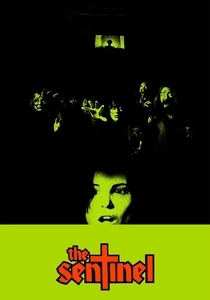
The Sentinel (1977)
Description: A model moves into a Brooklyn brownstone and discovers it's a gateway to Hell, guarded by a sentinel. This film blends psychological horror with supernatural elements, offering a unique take on the genre.
Fact: The film features a cameo by Burgess Meredith, and the apartment building used in the film was actually a set built inside a studio.
 Watch Now
Watch Now 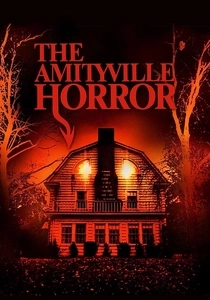
The Amityville Horror (1979)
Description: A family moves into a house where a mass murder took place, only to experience supernatural phenomena. While not as critically acclaimed, it's a cornerstone of horror that has been overshadowed by its sequels and remakes.
Fact: The film was based on the book by Jay Anson, which claimed to be a true story, and the house's distinctive windows became an iconic image in horror.
 Watch Now
Watch Now 
The Changeling (1980)
Description: A composer grieving the loss of his family moves into an old mansion where he encounters a malevolent spirit. Known for its eerie atmosphere and a haunting score, this film is a slow-burn ghost story that builds tension masterfully.
Fact: The film was inspired by real-life paranormal experiences of its producer, and it won the Genie Award for Best Canadian Film.
 Watch Now
Watch Now 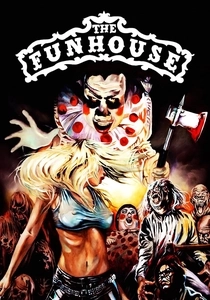
The Funhouse (1981)
Description: Four teenagers decide to spend the night in a carnival funhouse, only to encounter a deranged killer. Tobe Hooper's direction brings a carnivalesque horror that's both eerie and entertaining.
Fact: The film was originally titled "Carnival of Terror," and it was one of the first films to use animatronics for its monster.
 Watch Now
Watch Now 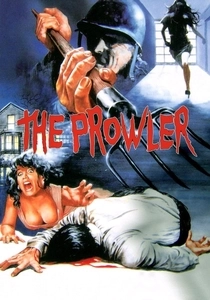
The Prowler (1981)
Description: A World War II soldier returns to his hometown to seek revenge on those who wronged him. Known for its graphic violence and a chilling atmosphere, this film is a raw, visceral experience.
Fact: The film's special effects were done by Tom Savini, who also worked on "Dawn of the Dead" and "Friday the 13th."
 Watch Now
Watch Now 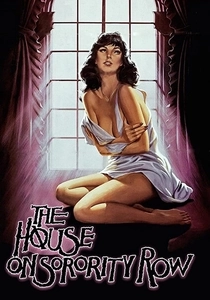
The House on Sorority Row (1983)
Description: Sorority sisters accidentally kill their house mother and attempt to cover it up, only to be stalked by a vengeful figure. This film stands out for its strong female characters and a twist ending that was ahead of its time.
Fact: The film was shot in Baltimore, Maryland, and it was one of the first slasher films to focus on a group of women as the protagonists.
 Watch Now
Watch Now 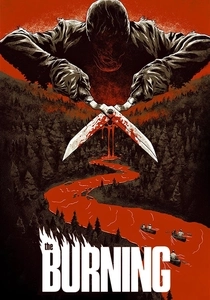
The Burning (1981)
Description: A summer camp horror story about a disfigured caretaker seeking revenge on the campers who caused his injuries. This film is often overlooked but features one of the most iconic slasher scenes in horror history.
Fact: The film was produced by Bob Weinstein and Harvey Weinstein, and it was one of the first films to use the "Friday the 13th" formula.
 30 Days Free
30 Days Free 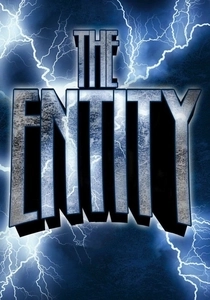
The Entity (1982)
Description: Based on a true story, this film follows a woman who is repeatedly attacked by an invisible entity. It's a chilling exploration of sexual assault and the supernatural, blending horror with real-life terror.
Fact: The film was initially banned in the UK due to its disturbing content, and it was one of the first films to deal with the concept of poltergeist activity as sexual assault.
 30 Days Free
30 Days Free 
The Beyond (1981)
Description: An American woman inherits a hotel in Louisiana that turns out to be a gateway to Hell. This Italian horror film is known for its surreal imagery and a narrative that defies conventional storytelling.
Fact: The film was part of Lucio Fulci's "Gates of Hell" trilogy, and it features some of the most iconic and grotesque special effects in horror cinema.
 30 Days Free
30 Days Free 
